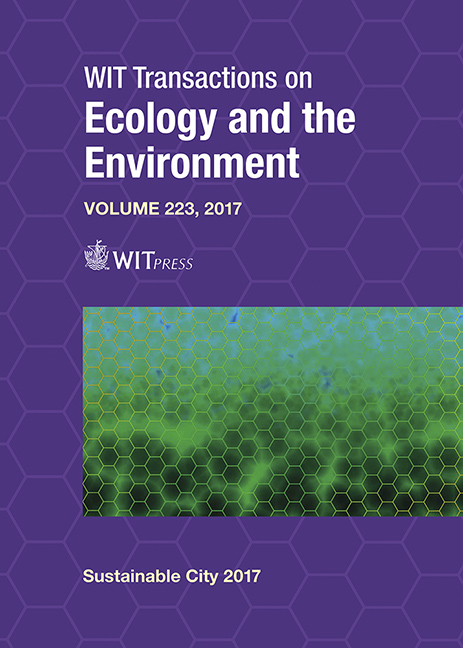THE CITY OF OSTRAVA (CZECH REPUBLIC): A SUSTAINABILITY ASSESSMENT BASED ON VITALITY
Price
Free (open access)
Transaction
Volume
223
Pages
11
Page Range
15 - 25
Published
2017
Size
1,666 kb
Paper DOI
10.2495/SC170021
Copyright
WIT Press
Author(s)
MARTIN NEDVĚD, MARTINA PEŘINKOVÁ
Abstract
The largest post-industrial agglomeration in the Czech Republic is the Ostrava-Karviná settlement region covering the southern part of the Upper Silesian Coal Basin. The polycentric model of settlement, which is the consequence of mining and its accompanying phenomena (colonization, contamination, undermining, transport), comprises several medium-sized cities and one regional metropolis - Ostrava. Ostrava is a dominant regional centre which integrates economic and financial, intellectual and educational, cultural and social, as well as administrative functions. All of these functions need to be continuously formulated and formed, but, in particular, they must flexibly react to the current situation. Therefore, it is necessary to do not only short-term, but also long-term planning led by a leading idea (vision, theme) to achieve the most effective model of an urban and regional unit. The transformation which Ostrava has been undergoing since the 1990s means that the city is being transformed substantially from both the social-economic and urbanistic point of view. It is appropriate to solve the problems connected with the changes systematically, not to take only the current state into consideration, but to focus also on the long-term orientation of the settlement and the entire agglomeration. Finding an optimum solution, or a “motive” which would unite ideas for the effective development, transformation and forming of the city is a demanding process, but quite essential for the agglomeration to survive.
Keywords
ostrava, post-industrial city, urbanism, sustanability, vitality





